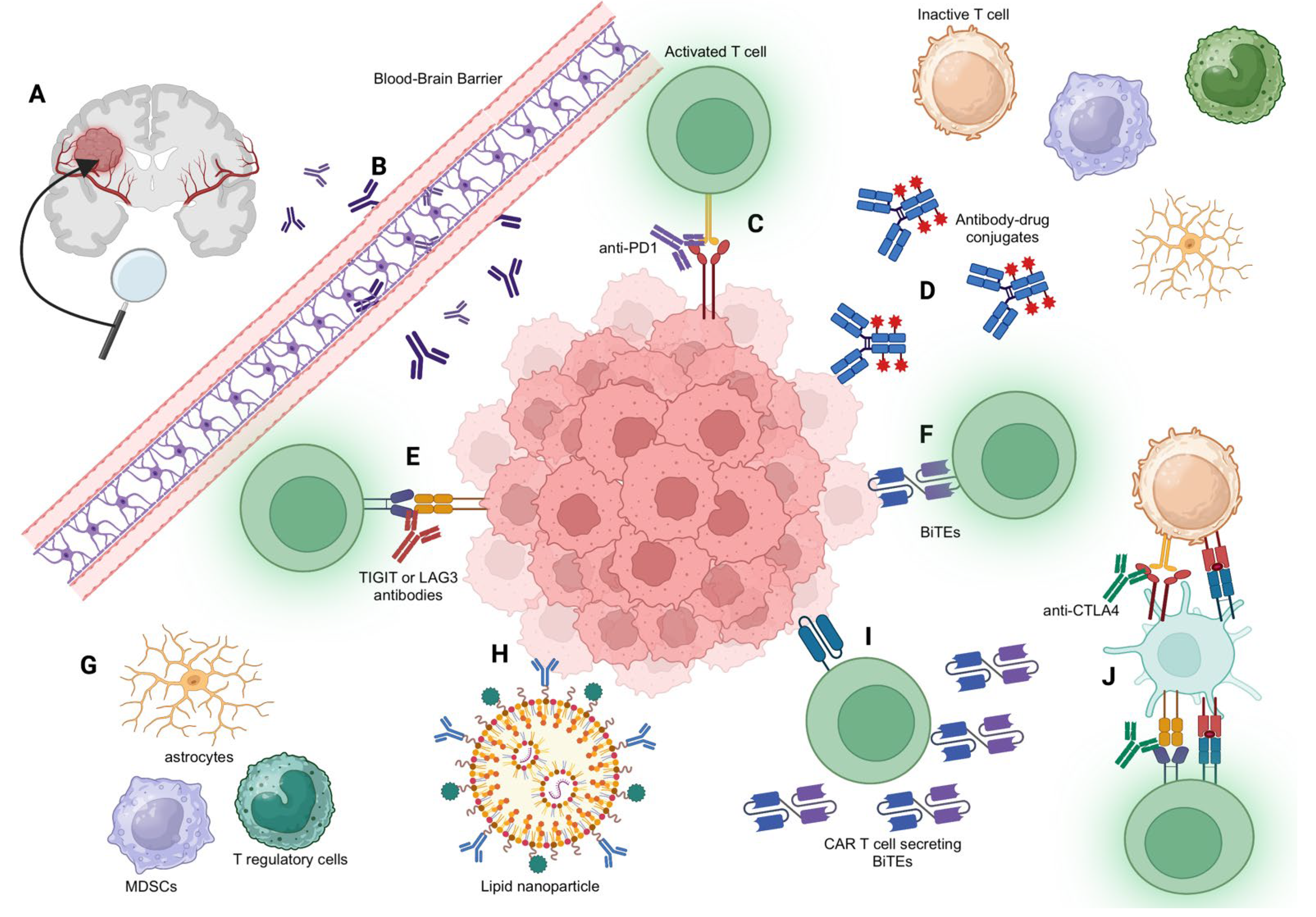Metabolic age is an important health indicator that compares your basal metabolic rate (BMR) to the average BMR of your chronological age group. Unlike your actual age, metabolic age reflects how efficiently your body burns calories at rest, giving insight into your overall health, fitness level, and metabolism. Understanding how metabolic age is calculated can help you manage your weight, improve fitness, and adopt a healthier lifestyle.
Understanding Basal Metabolic Rate (BMR)
The calculation of metabolic age begins with your basal metabolic rate (BMR), which is the number of calories your body needs to maintain basic functions such as breathing, circulation, and cellular repair while at rest. BMR depends on several factors, including age, sex, height, weight, and body composition. Individuals with higher muscle mass tend to have a higher BMR because muscle tissue burns more calories than fat tissue, even when at rest.
Steps to Calculate Metabolic Age
- Measure BMR: The first step is to determine your BMR using formulas like the Harris-Benedict equation or Mifflin-St Jeor formula:
- Mifflin-St Jeor formula:
- For men:
BMR = 10 × weight(kg) + 6.25 × height(cm) – 5 × age(years) + 5 - For women:
BMR = 10 × weight(kg) + 6.25 × height(cm) – 5 × age(years) – 161
- For men:
- Mifflin-St Jeor formula:
- Compare to Average BMR: Once BMR is calculated, it is compared to the average BMR for different age groups. This comparison helps determine whether your metabolism is faster, slower, or typical for your chronological age.
- Adjust for Body Composition: Some devices and health apps also incorporate body fat percentage and muscle mass into metabolic age calculations. More muscle generally results in a lower metabolic age, while higher body fat may increase it.
Why Metabolic Age Matters
A metabolic age lower than your actual age suggests that your body is more efficient at burning calories and maintaining health. Conversely, a higher metabolic age may indicate slower metabolism, lower muscle mass, or higher body fat. Tracking metabolic age can help you make informed decisions about diet, exercise, and lifestyle changes to improve overall health.
Calculating metabolic age is a useful method to evaluate your metabolism relative to your peers. By measuring BMR, considering body composition, and comparing to average metabolic rates for your age, you can gain insight into your health and fitness. Regular exercise, proper nutrition, and maintaining a healthy body composition can help lower your metabolic age and support long-term well-being.
The Benefits of Intermittent Fasting
The Top 5 Foods for Healthy Skin
![]()





